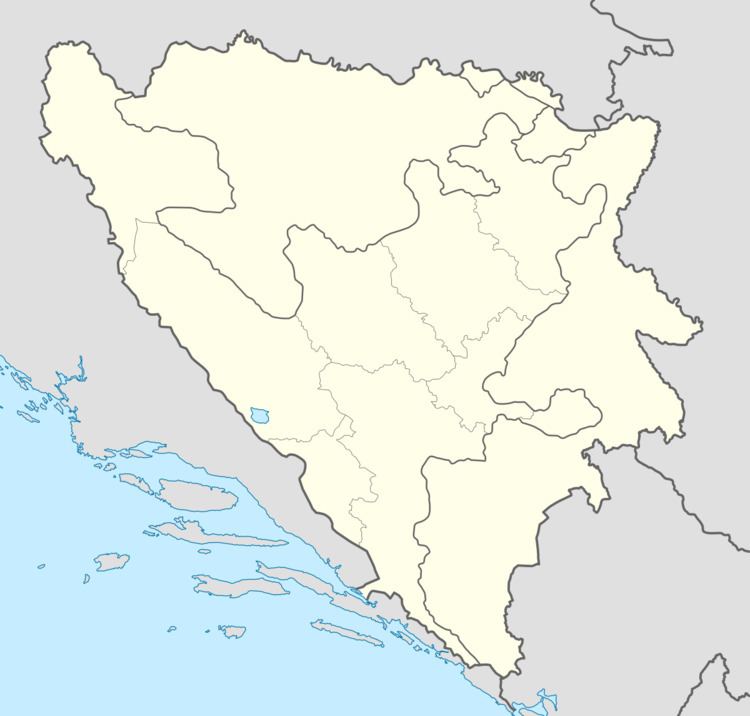Time zone CET (UTC+1) | Area 25 km² | |
 | ||
Municipality Novi Grad, Republika Srpska | ||
Gornje Vodičevo (Serbian: Горње Водичево) is a village in the municipality of Novi Grad, Republika Srpska, Bosnia and Herzegovina. It consists of twenty hamlets; among them are Kukavice, Vukovići, Kestenova Dolina, Bundale, Rekići, Potok, Žljeba, Šurlani (Stanići), Kolundžije, and Đurđevići-Zecovi.
Contents
Map of Gornje Vodi%C4%8Devo, Bosnia and Herzegovina
History
County Vodice and village Vodičevo were mentioned for the first time in 1197 and, after that, in 1200. This county belonged to the Babonici princes.
Count Stephen of Gorica of the Babonici family, who was awarded the estate of Vodičevo in Bosnia for his successful defence of the border in Bela Krajina, ceded part of this estate to the Templars before 1210.
During the Turkish rule, Gornje Vodičevo was mentioned as a village in Kostajnica nahija (sub-district) in 1604. A sign of the Turkish rule over this region are ruins of a fortress which was 4m long, 2m wide (inner dimensions) and 7m high made of stone. The fortress walls were 65–70 cm thick. The fortress was located on the north side of hamlets Bundale and Rekići and on the right bank of the water stream called Vodičevo River.
During the second World War this village was known by their organized resistance to foreign occupation.
According to a Yugoslav federal census as of 1948, this village had 142 homes and 750 inhabitants.
Geography
A geological study of Gornje Vodičevo was commissioned by Austro-Hungarian government in 1902. It was discovered that the village has large deposits of coal.
Customs and beliefs
Serbs of Bosnian Krajina believe that hazel protects men against lightning strike and that this tree belongs to Perun, the god of thunder and lightning. In this village, on account of this belief, people, after receiving Communion, eat hazelnuts that must be cracked only by stone.
